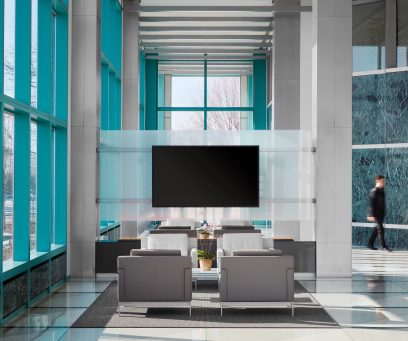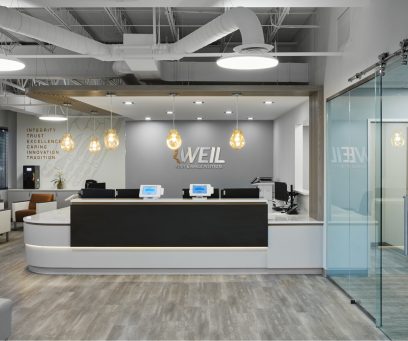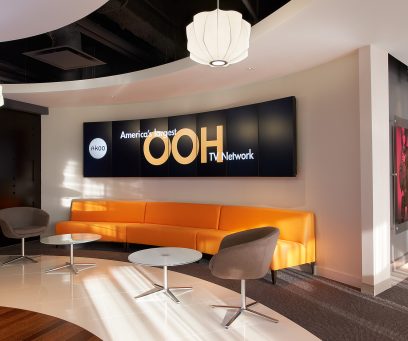Invest in building lobby to attract and retain tenants
You have only one chance to make a good first impression, which is why the design of a building’s main lobby is so important. The lobby, along with other common areas, plays an important role in attracting and retaining tenants.
“It can also add to a building’s overall value and make it more saleable,” says James D. Jordan, principal at JDJ Architects, Chicago. JDJ Architects renovated the building lobby at Columbia Centre, a complex of three office buildings located in Rosemont, IL. Building occupancy rose from 70 percent to 93 percent, and the complex recently sold. “JDJ Architects gave our building common areas the sophisticated, contemporary look we needed to attract tenants -- and a buyer,” says Tom Saletta of Saletta Realty.
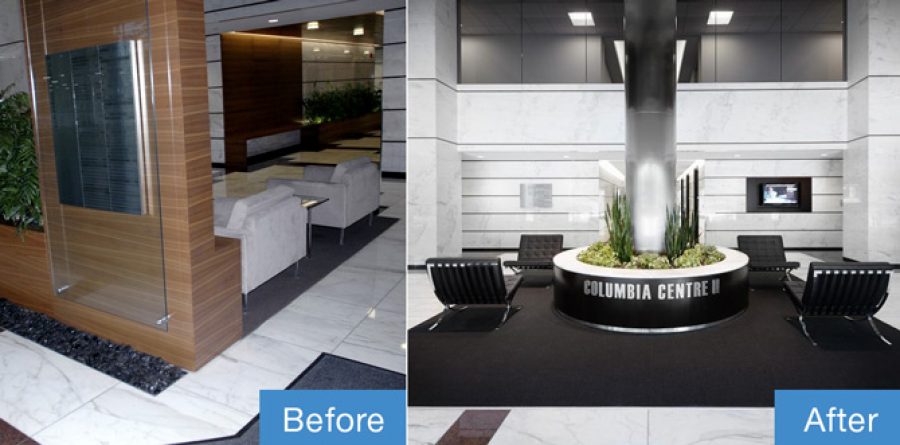
Here are a few things to consider when renovating an existing building lobby:
TIE IN WITH EXISTING ARCHITECTURE
New design elements should work well with building elements and architectural style for a cohesive look. “By incorporating classic, timeless design elements, a building lobby can look fresh and current for a very long time,” says James D. Jordan, principal at JDJ Architects, Chicago.
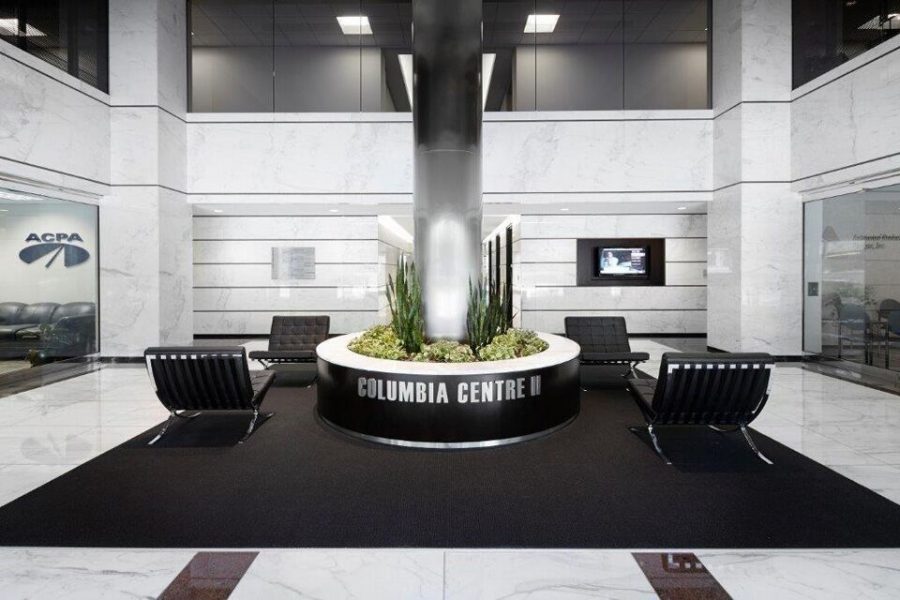
CHOOSE HIGH QUALITY, DURABLE, FINISH MATERIALS
Painted walls require additional upkeep, and changing color trends will make the walls look dated quickly. “Consider wood, stone, glass, and metals as primary finish elements; they will stay in style longer and their durability will help avoid numerous maintenance nightmares,” says Jordan.
Carpet areas should be limited in size, such as around lobby seating, and should be capable of handling high traffic without showing signs of wear and tear. Recessed walk-off mats are highly recommended for buildings in wet and snowy climates for numerous reasons.These mats will remove the majority of water and debris from shoes, speeding lobby floor cleanup. Permanently-recessed mats are not only more aesthetically pleasing than surface mats, but they avoid the inevitable curling of surface mats which can become a major tripping hazard and liability.

LIGHTEN IT UP
Consider updating the lobby by incorporating natural light and views whenever possible and removing light-blocking partitions and other superfluous elements. Light-colored tile or stone flooring also can help to make the lobby brighter and more welcoming.
Evaluate existing lobby lighting and consider updating it with LED fixtures. Lighting accounts for 30% of a building’s energy consumption. Even if the existing lighting design does not need an overhaul, LED fixtures provide significant energy cost savings. In addition, LED fixtures can last for decades without needing replacement, providing a return on investment in a very short period of time.
PLAN FOR TENANT COMFORT AND SECURITY
Lobby seating should be provided for building guests and tenants. This can include easy-care chairs or space-saving benches. If the building has a security desk, the look and location should be in keeping with the overall lobby design. It should also be situated so that security personnel can easily see and be seen by guests entering and exiting the building.
Overall, sticking with classic designs and brightening up a lobby can help building owners and managers improve tenant satisfaction as well as occupancy rates. “Clean lines, high-end natural materials and good-quality lighting can have a dramatic effect on a building’s overall appeal in the marketplace,” says Jordan.

Jim Jordan
Jim Jordan is the principal for JDJ, a member of the AIA and ALA, a LEED-accredited professional, a registered energy professional in the City of Chicago, and is a Chicago self-certified architect. You can find Jim on LinkedIn.
Connect with Jim Jordan on LinkedIn